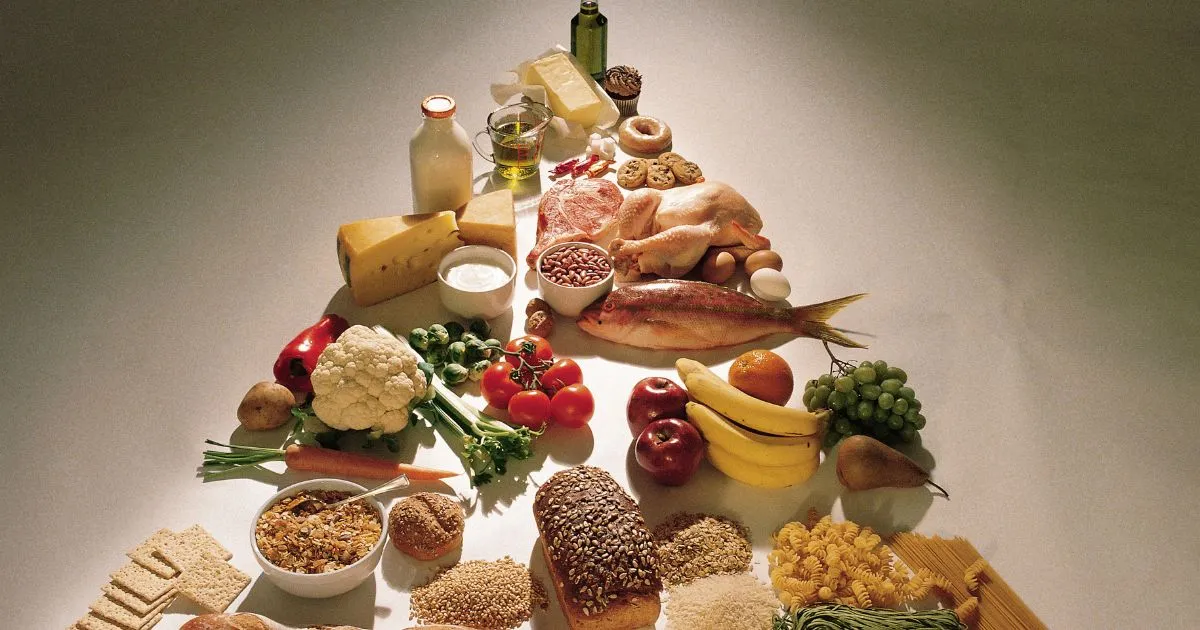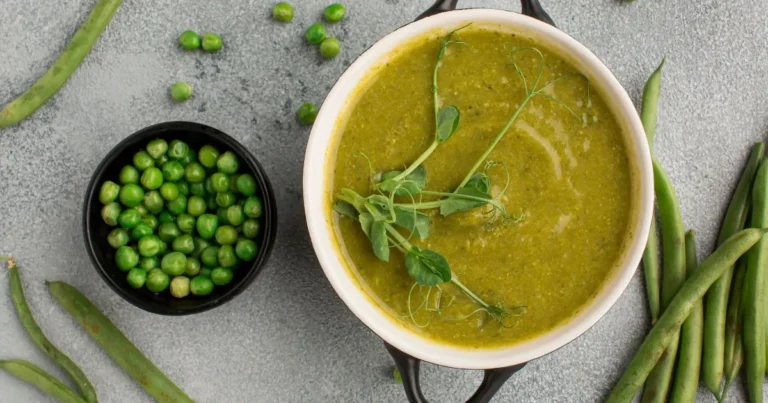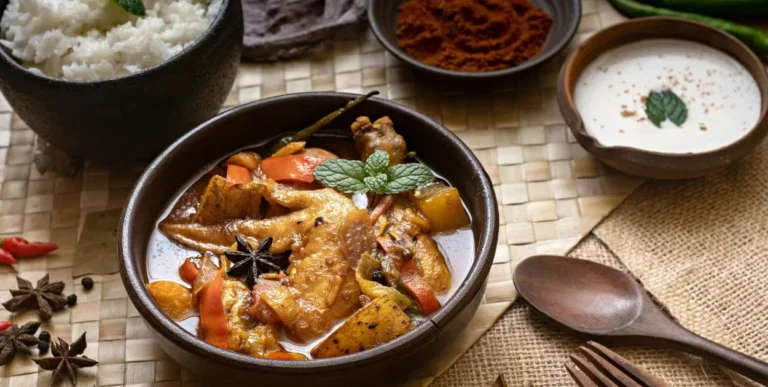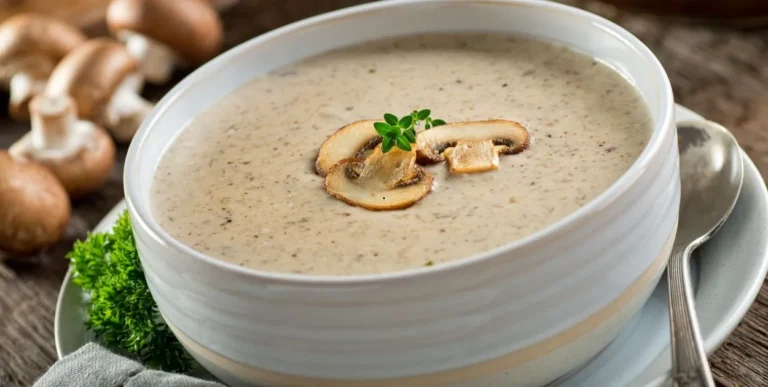Asian Diet Pyramid: Discover the Balance Behind Traditional Asian Food Patterns
Table of Contents
Have you ever sat at a table, looking at your plate, and wondered whether your meal is actually good for you—or just another rushed bite in a chaotic day? If you’re like many people, you’ve probably bounced from one diet trend to another, hoping to find something that sticks. But here’s the truth: long-lasting health doesn’t come from restrictions or calorie math. It comes from balance, mindful eating, and centuries-old traditions that still work today. That’s where the Asian diet pyramid comes in.
Rooted in cultures across East and Southeast Asia, this food philosophy emphasizes simplicity, variety, and harmony. Whether you’re aiming to lose weight, improve your energy, or just eat better, understanding this pyramid can shift how you see food—permanently.
🧭 What Is the Asian Diet Pyramid?
A Blueprint Rooted in Tradition
The Asian diet pyramid isn’t a modern invention—it’s a visual guide inspired by how people in traditional Asian societies have eaten for generations. At its core, it prioritizes whole foods, plant-based meals, and gentle cooking methods. Unlike the Western model, which often emphasizes animal protein and processed carbs, the Asian approach puts rice, vegetables, legumes, and fish at the center of your plate.
You’ll find influences from countries like Japan, China, Korea, Vietnam, Thailand, and Indonesia. While the ingredients may vary, the core principles remain consistent: balance, freshness, and moderation.
Western vs. Asian Food Guide: A Quick Comparison
| Feature | Asian Diet Pyramid | Western Diet Pyramid |
|---|---|---|
| Base of Pyramid | Rice, vegetables, tea | Refined grains, dairy |
| Protein Source | Fish, soy, legumes | Red/processed meats |
| Cooking Method | Steamed, stir-fried | Fried, baked in fats |
| Portion Size | Small, mindful portions | Often large servings |
| Sugar and Fat Use | Minimal, natural flavors | High in sugar and fat |
| Cultural Influence | Philosophical, seasonal | Convenience-driven |
⚖️ Core Principles That Define Traditional Asian Eating
Balance in Every Bite
You may have heard of concepts like yin and yang or umami flavor balance. In Asian cooking, these aren’t just buzzwords—they’re foundations. A typical meal might pair warm and cool ingredients, crunchy and soft textures, or sweet and savory flavors, all working together to create harmony on your plate and in your body.
Think of Japanese Ichiju-sansai—a meal built around one soup and three small dishes—or Thai cuisine that juggles five core flavors in every bite.
Mindful Portion Control Without Counting Calories
One of the most refreshing aspects of the Asian diet pyramid is the lack of obsessive calorie counting. You naturally eat less because of how meals are served and consumed:
- Small plates and bowls
- Chopsticks that slow you down
- A cultural norm of stopping at 80% full (Hara Hachi Bu)
Without realizing it, you start practicing portion awareness, not restriction.
Local and Seasonal Foods Are the Norm
In many Asian cultures, the idea of “eating with the seasons” is more than a health choice—it’s a way of life. Whether it’s fresh greens in spring, root vegetables in winter, or seasonal fish from the local market, the meals are always changing, always fresh.
🥗 The Foundation of the Pyramid: Rice, Veggies, and More
Rice: A Universal Staple
In the Asian diet, rice isn’t a filler—it’s the canvas. You’ll see white rice, brown rice, sticky rice, black rice, and even wild rice served in small, balanced portions. Instead of carb-loading, meals pair rice with vegetables and lean proteins to create a complete nutritional profile.
Try swapping your refined grains for jasmine or short-grain brown rice. Your energy levels might just thank you.
Vegetables and Seaweed: Nature’s Multivitamin
You don’t need a pill to meet your daily vitamin needs when you’re eating stir-fried bok choy, steamed spinach, napa cabbage, or daikon radish. And let’s not forget seaweed—it’s packed with iodine, magnesium, and other minerals your body craves.
Common vegetable practices include:
- Quick stir-frying to retain crunch and nutrients
- Light pickling or fermentation (like kimchi or takuan)
- Serving multiple vegetable sides instead of one giant salad
Soy and Legumes: Powerful Plant Proteins
Tofu, tempeh, natto, soy milk, miso—these soy-based staples are rich in protein, low in fat, and naturally cholesterol-free. Unlike heavily processed meat alternatives, they come from traditional recipes passed down through generations.
Legumes like mung beans and lentils also play a starring role, especially in South and Southeast Asia.
Fish and Seafood: Clean Protein, Rich in Omega-3s
From grilled sardines to sashimi-grade tuna, seafood plays a key role in providing lean, heart-healthy protein. Most fish is lightly seasoned and grilled, steamed, or poached—never masked by heavy creams or sauces.
How often should you eat fish? Aim for 2–4 servings a week, depending on your needs and local availability.
🍳 Healthy Cooking Methods That Make a Difference
The way food is prepared matters just as much as what you eat. Traditional Asian cooking techniques focus on preserving natural flavor and nutrient density.
Light, Nutrient-Retaining Techniques
- Steaming: Ideal for vegetables and fish
- Wok stir-frying: Quick, high-heat cooking with minimal oil
- Fermenting: Miso, kimchi, and natto support gut health
- Broths and soups: Light, hydrating, and warming
Natural Flavor Over Artificial Additives
Forget MSG-laden meals or salt bombs. Traditional Asian cuisine enhances taste using:
- Fresh ginger, garlic, lemongrass
- Soy sauce and tamari (low sodium preferred)
- Toasted sesame oil, vinegar, fermented pastes
These ingredients aren’t just tasty—they offer health benefits too.
🍱 Sample Day on the Asian Diet Pyramid
Here’s what a simple, satisfying day of eating might look like:
Breakfast
- Miso soup with tofu and scallions
- Bowl of steamed rice
- Green tea
Lunch
- Brown rice bowl with stir-fried vegetables and edamame
- Pickled radish or cucumber
- Fresh papaya or mango slices
Dinner
- Grilled mackerel with steamed bok choy
- Small bowl of miso soup
- Side of kimchi
🧾 Recipe Table: Vegetable Tofu Stir-Fry
| Ingredient | Amount |
|---|---|
| Firm tofu (cubed) | 1 cup |
| Broccoli florets | 1 cup |
| Carrot (julienned) | ½ cup |
| Bell pepper (sliced) | ½ cup |
| Garlic (minced) | 1 tsp |
| Soy sauce (low-sodium) | 1 tbsp |
| Sesame oil | 1 tsp |
How to cook it:
- Sauté garlic in sesame oil.
- Add tofu, cook until golden on all sides.
- Toss in vegetables and stir-fry for 4–5 minutes.
- Finish with soy sauce. Serve hot with brown rice.
💪 Real Benefits of the Asian Diet Pyramid
Proven Health Boosts
- Heart health: Thanks to omega-3s and minimal saturated fat
- Diabetes prevention: Balanced meals with low glycemic index
- Weight control: Natural portion control and fewer processed foods
- Longevity: Okinawa, Japan boasts some of the longest-living people on Earth
Gut and Immune Support from Fermented Foods
Kimchi, miso, tempeh, and natto are probiotic-rich and boost digestion, mental health, and immunity. They also help your body absorb nutrients better.
Mental Wellness Through Mindful Eating
The experience of preparing and eating meals slowly, with intention, reduces stress. You’re more likely to eat in peace—and less likely to overeat.
🔁 How to Start Integrating the Asian Diet Pyramid into Your Life
Actionable Tips for Beginners
- Shop for whole grains like jasmine rice or soba noodles
- Replace red meat with tofu, legumes, or fish twice a week
- Learn one new stir-fry or broth-based recipe weekly
- Use smaller plates and bowls to encourage portion mindfulness
- Drink tea (green, oolong, or barley) instead of soda
Watch Out For…
- Sauce overload: Opt for low-sodium versions
- Too much white rice: Mix with brown or black rice for fiber
- Skipping protein: Even plant-based diets need balanced intake
❓ Frequently Asked Questions (FAQ)
What is the Asian diet pyramid and how does it work?
It’s a food guide that emphasizes whole, plant-based foods, small portions, and balanced meals rooted in traditional Asian culture.
Can vegetarians follow the Asian diet pyramid?
Absolutely. With tofu, legumes, and vegetables, it’s fully plant-based friendly.
Is white rice bad for you?
Not when paired with fiber-rich vegetables and lean protein. Moderation and variety are key.
How often should you eat fish on this plan?
Try 2–4 servings weekly for omega-3s and lean protein.
Is it good for weight loss?
Yes. The pyramid encourages portion control, low-fat cooking, and fiber-rich foods that naturally support a healthy weight.
🎯 Conclusion: Make Balance Your New Normal
You don’t need another restrictive diet. What you need is a lifestyle—one that respects your hunger, nurtures your body, and honors food’s deeper purpose. The Asian diet pyramid offers just that: a grounded, sustainable, and delicious way to eat. It’s about real food, eaten with joy and intention.
Why not try preparing a simple rice bowl or miso soup this week? Small shifts can lead to lasting transformation.
✅ Ready to start your journey?
Try cooking your first Asian-inspired meal tonight using the pyramid as your guide. Your body—and your taste buds—will thank you.








